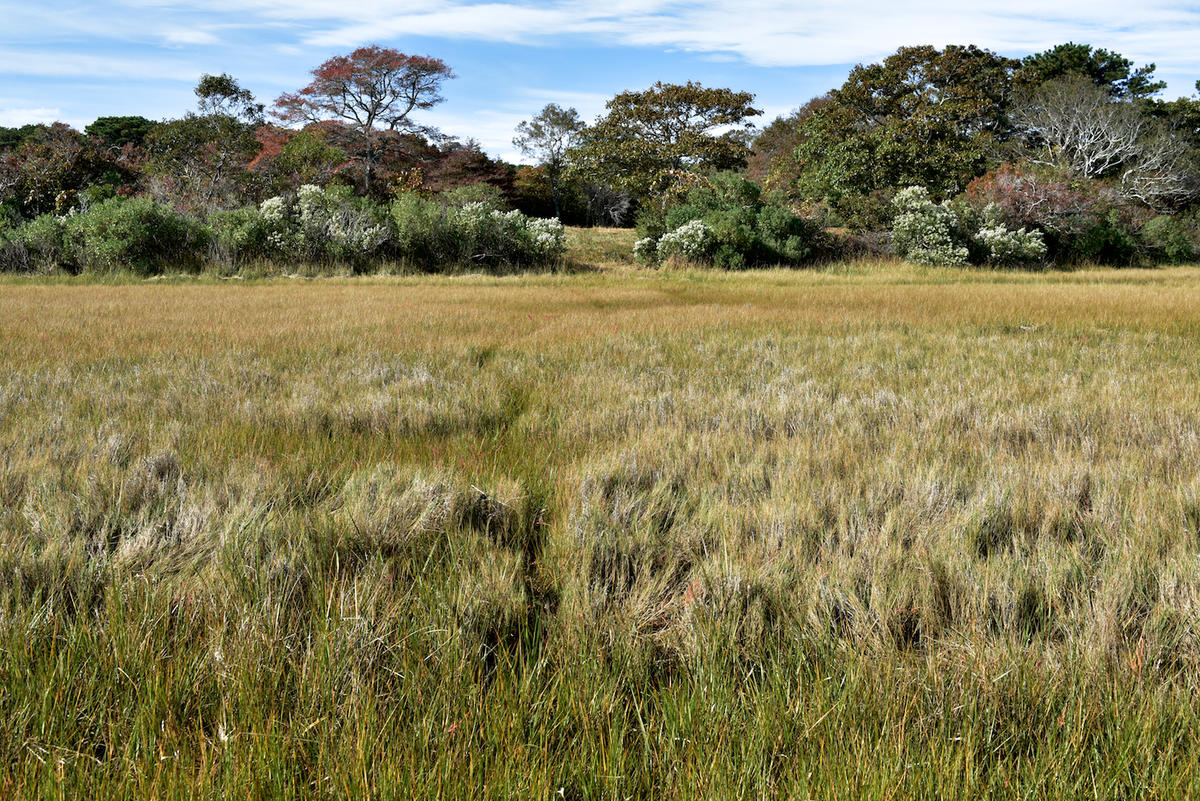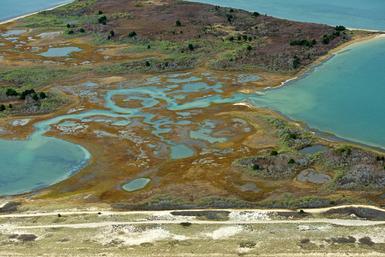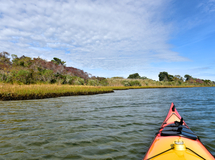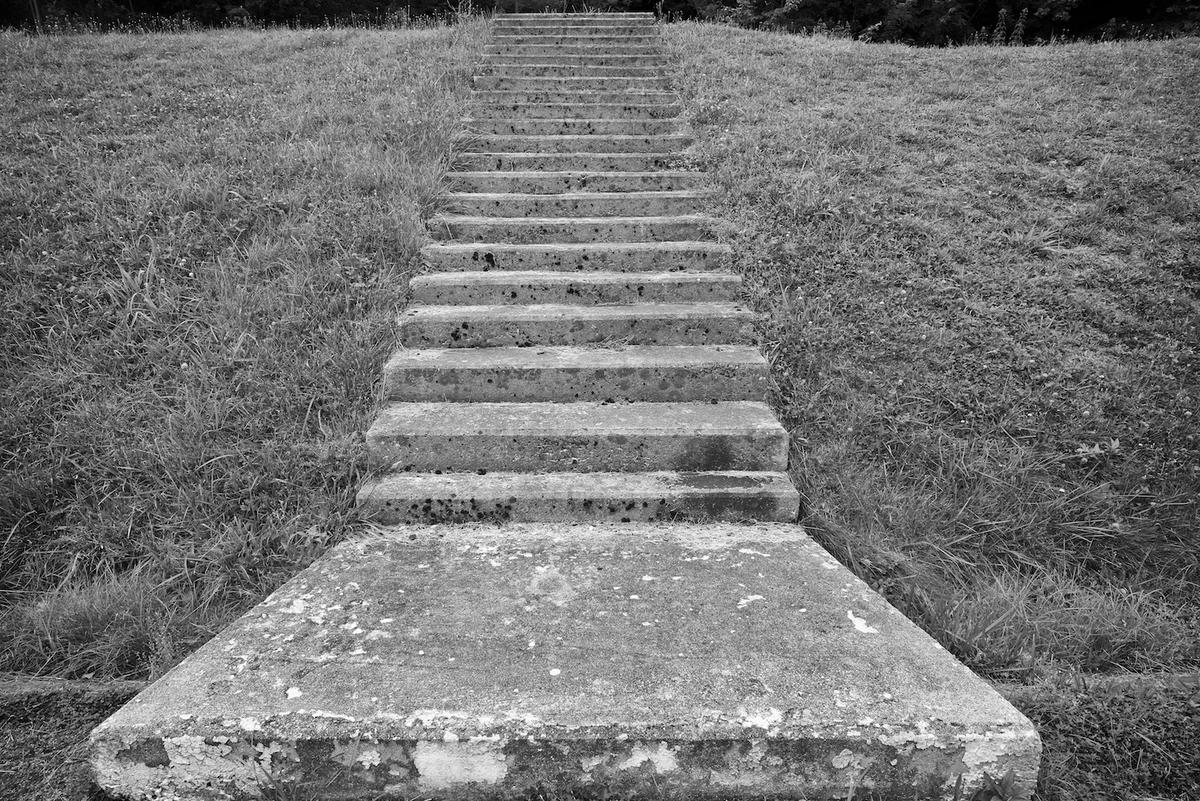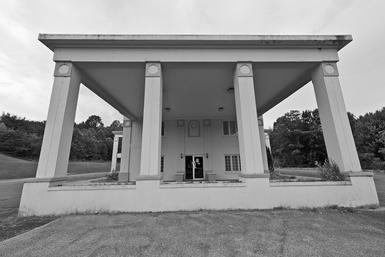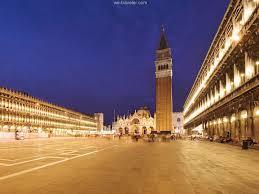As most of my readers know my teaching career was primarily at Northeastern University for thirty years in Boston with 13 years at Harvard University that overlapped with NU during the 80's.
I had been hired by Northeastern in 1981 to head up a new program in photography. By 1990 I was a tenured associate professor and was successful in helping to design and oversee construction of all new facilities in a renovated building. We were teaching as many as 5 intro photo sections per semester with 25 students in each class every semester year around. Even then the classes were wait listed with as many as 150 students trying to get in.
Photography at Northeastern was on a roll.
In the early 90's I wrote a grant application to take an intro to digital photo class in Camden, Maine at the just built Kodak Center for Creative Photography. The class, I believe, used Photoshop 1. I remember being shown how to use a mouse. It was early days. I learned that the Center had an 8 x 10 film recorder in a special cool room that also had a hi-end Howtech drum scanner. This was for "special projects" only. I definitely wanted hands on these machines. I wanted to use the 8 x 10 LVT (Light Value Technology) recorder in the worst way. Although this was very early digital days scanning was a fairly mature technology.
Back at Northeastern I made my case to my dean that I needed to do more research in Camden. He funded me and I began 1 1/2 years of going back and forth to learn more, to take classes and to get hands on with the 8 x10 LVT. Eventually I was awarded the status of using whatever I wanted and to be there whenever I wanted, sit in on any classes and, in the end, had a one person show of my photographs in the Center's gallery. The Kodak Center was built to research, use and develop software and hardware for the coming digital photo revolution.
Why so hungry for that one piece of equipment, the LVT? The only way I was going to be able to make a high quality print from a digital file was to scan existing negatives on the drum scanner, work those files in Photoshop and then write that file with the LVT back onto another sheet of unexposed film to be able to take it back to my darkroom to develop it, and then print it conventionally from that negative in my darkroom using an enlarger, trays and chemistry. In those days there were no inkjet printers.
That's just what I did. I wasn't thinking of applying digital technology so much to my own work yet. That came later. But I was very interested in it for the program I ran and for my students.
Back in Maine at the Center I scanned an 8 x 10 negative of an alleyway I'd shot in Cambridge, worked on the digital file with a computer to remove some trashcans with the clone tool, wrote the new image back onto an unexposed sheet of 8 x 10 black and white film using the LVT and developed the negative back in Boston in my darkroom.
I made a print of both the original negative with the trashcans in the frame and also the new negative with the trashcans removed. I tried to make the two prints as identical as I could.
I then went to see the same dean who had funded me to be up in Maine in the first place. I brought the two prints.
I remember this very clearly. His name was Jim Stellar and he was a young, savvy and aggressive dean of the College of Arts and Sciences, and he had been a psychology professor before becoming an administrator. We sat on either side of a coffee table, he on a small sofa and me in a chair across from him. After initial pleasantries, I placed the two prints side by side on the coffee table saying, "see if you can find the difference between these two photographs". He looked at both for a second, looked back up at me as though he didn't get why there were two prints of the same thing, and then looked at the prints more closely, going from one to the other, back and forth. Finally, a light bulb went off in his head and he said, "the trashcans!"
Remember, this was very early times in the world of digital. I explained to him just what I'd done, so easy to do now and yet so difficult in those early days. He was dumbstruck but got the importance of this one example right away. For him it became his tactic to take the idea of beginning to teach, support digital photography and computer based programming at Northeastern to the school's provost, president and board of trustees for funding. These two photographs became a symbol of the creation of new labs, equipment and a curriculum in a broad array of disciplines that became the major in Multimedia Studies a few years later. New faculty, additional support staff, continuing allocations for updating, software and yes, not an 8 x 10 LVT, but our own 4 x 5 LVT.
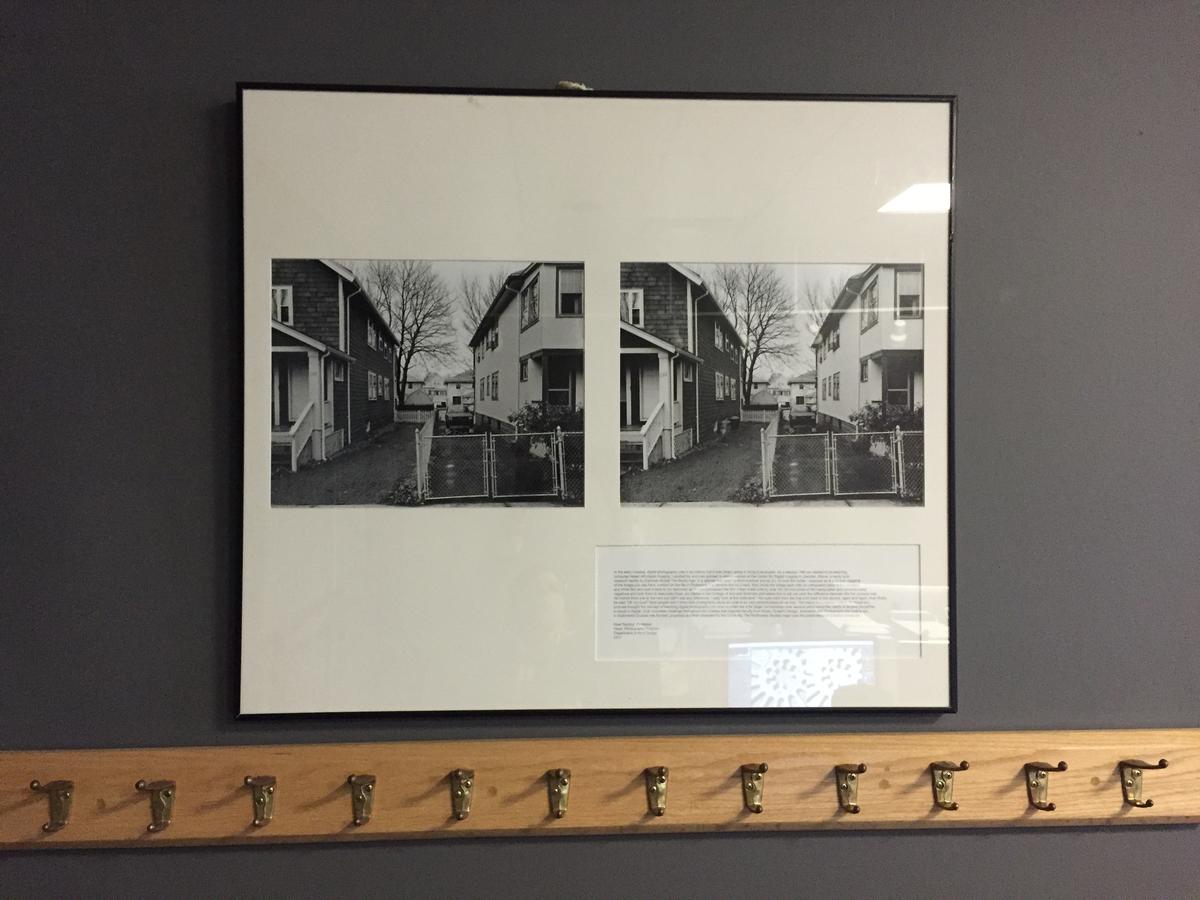
This framed image with the two photos side by side still hangs in the Multimedia lab in Ryder Hall at Northeastern today. It's a little hard to see but if you look closely you can tell that the image on the left has no trashcans along the side of the left building, the one on the right does.
No way could I lay claim to sole credit for all this. Getting the University to first understand and then move on this whole new and large scale project took years and scores of dedicated people to plan, initiate, lobby for and succeed in obtaining what was needed but yes, it all started here with these two prints.
You can draw your own conclusions but the takeaway from this is what I would say to my students: act on your ambitions, innovation doesn't come easily as there is always resistance to the new. Be persistent. Patience helps. Confidence too. Don't take no for an answer. But if you know you're right, hang in there.
